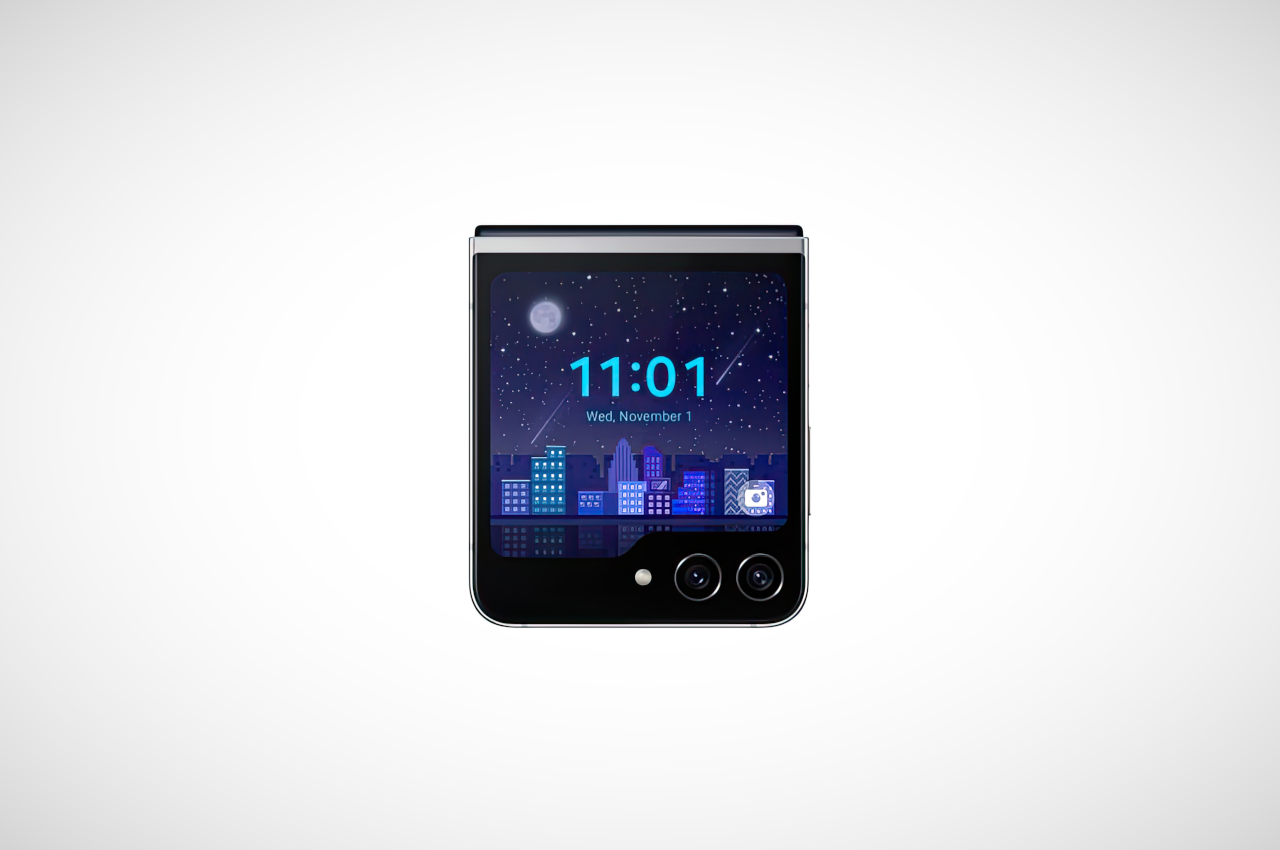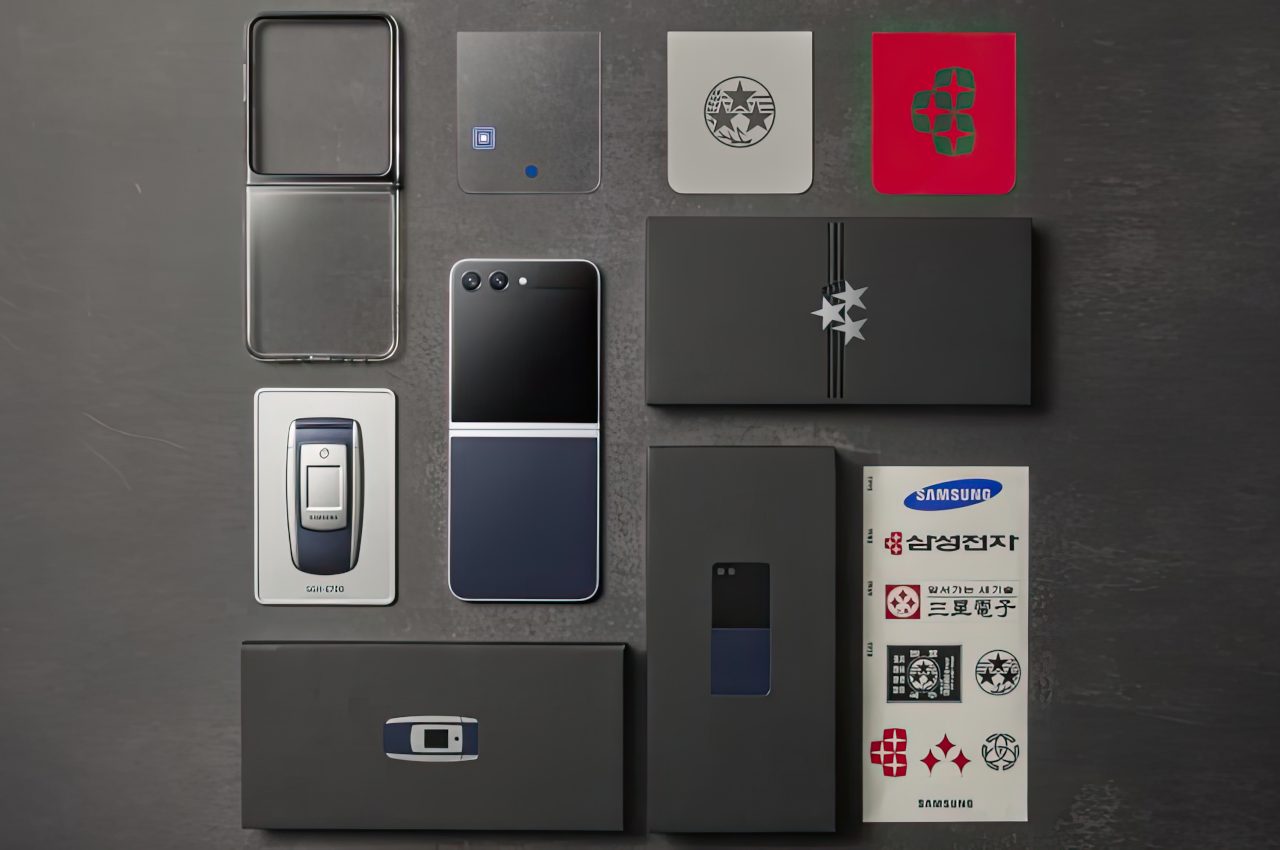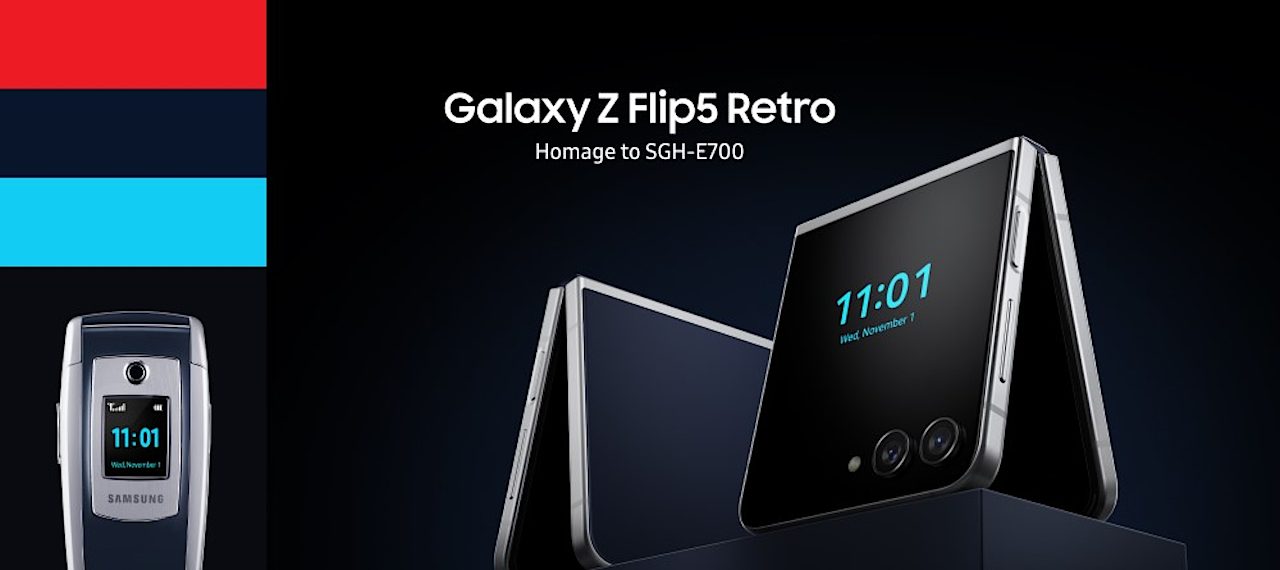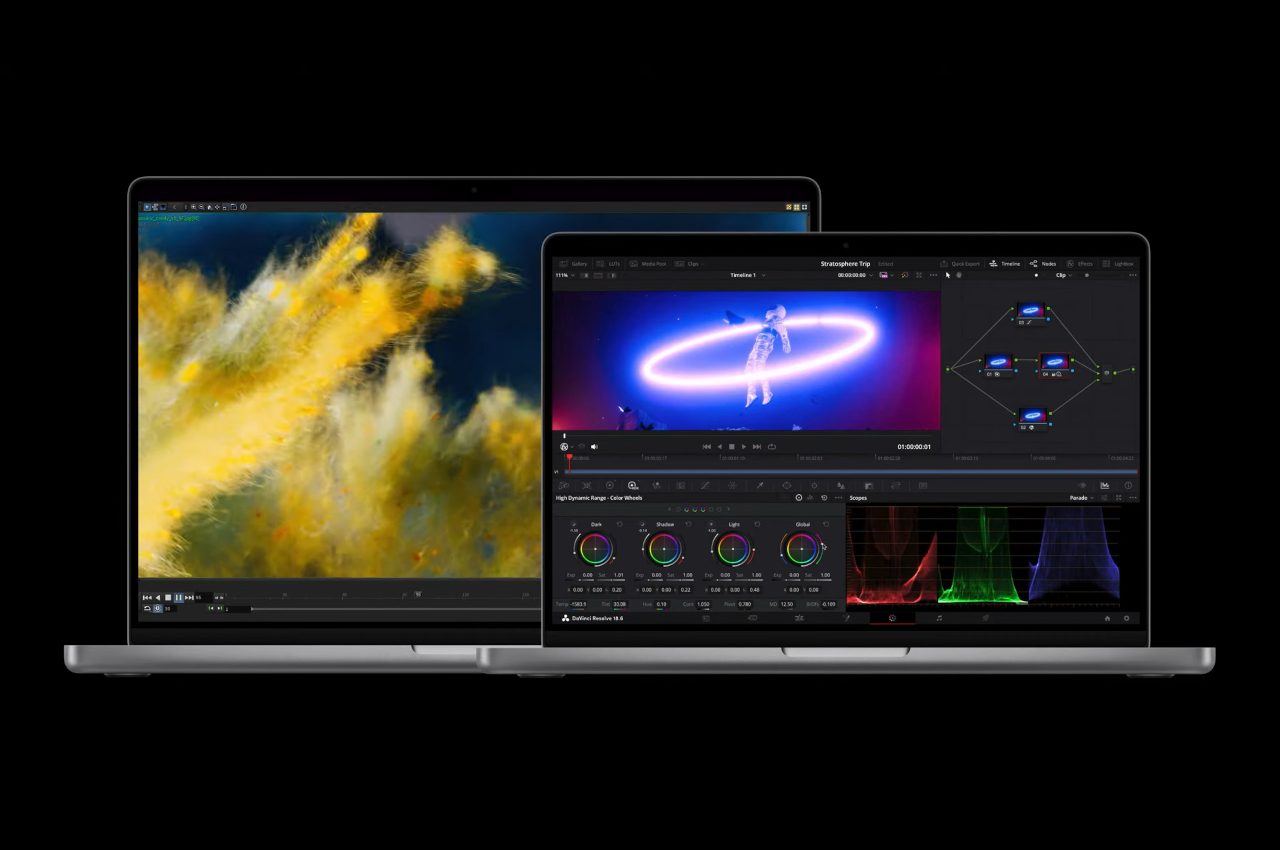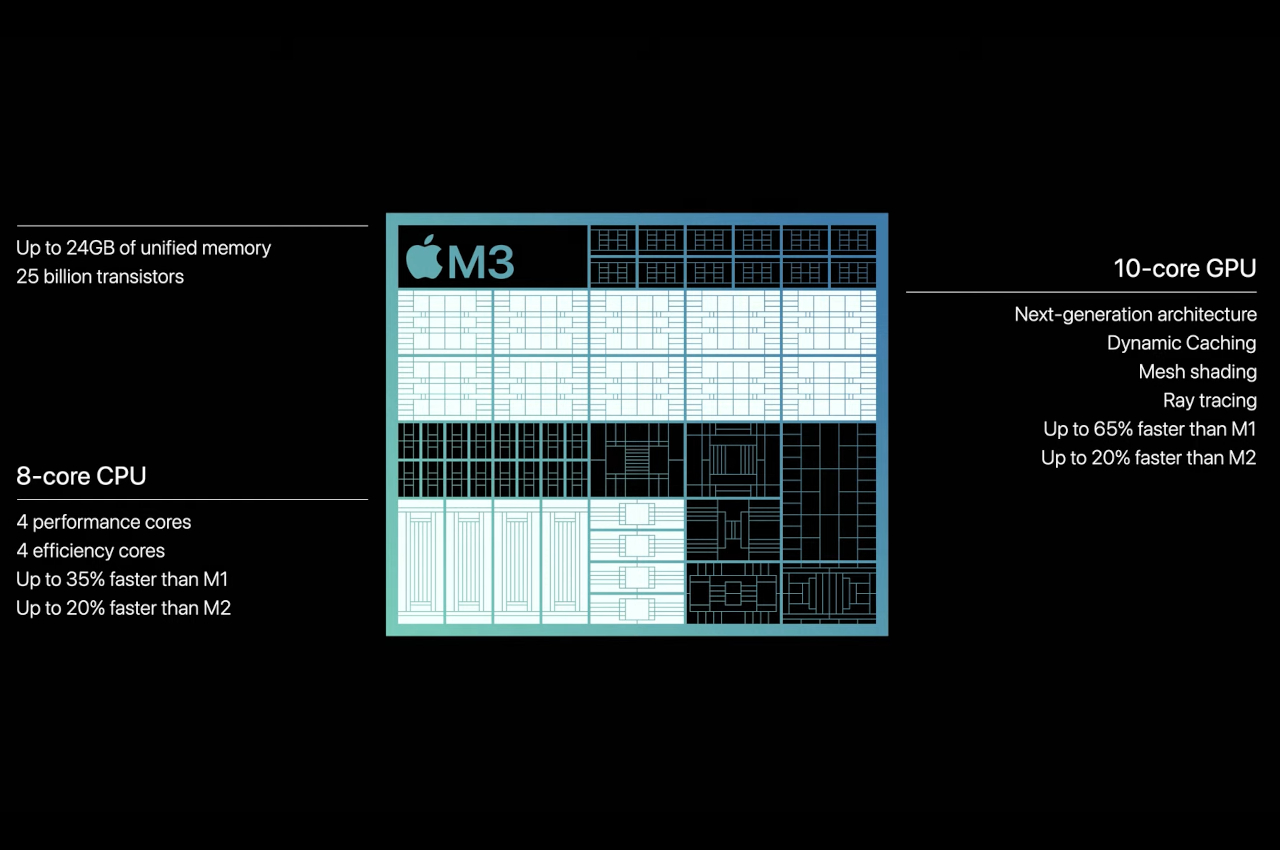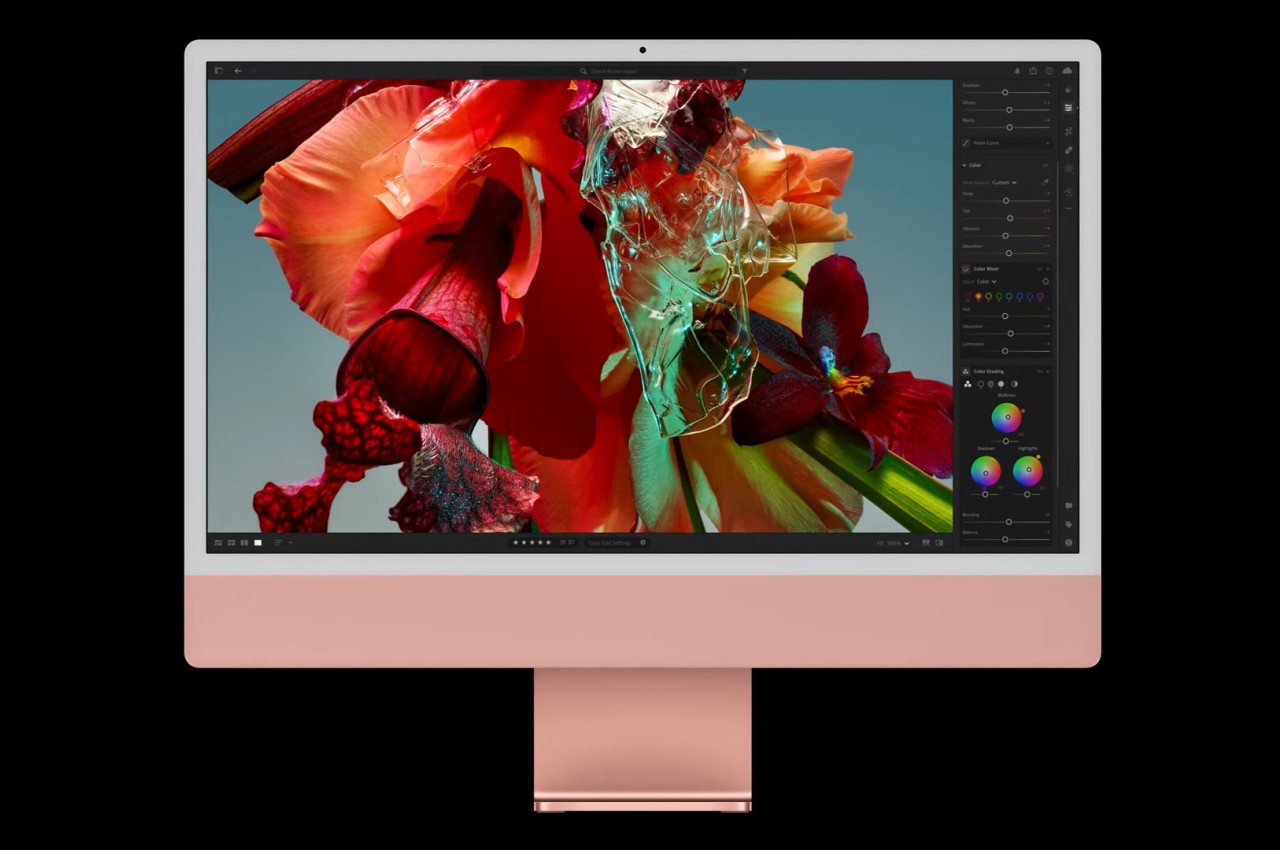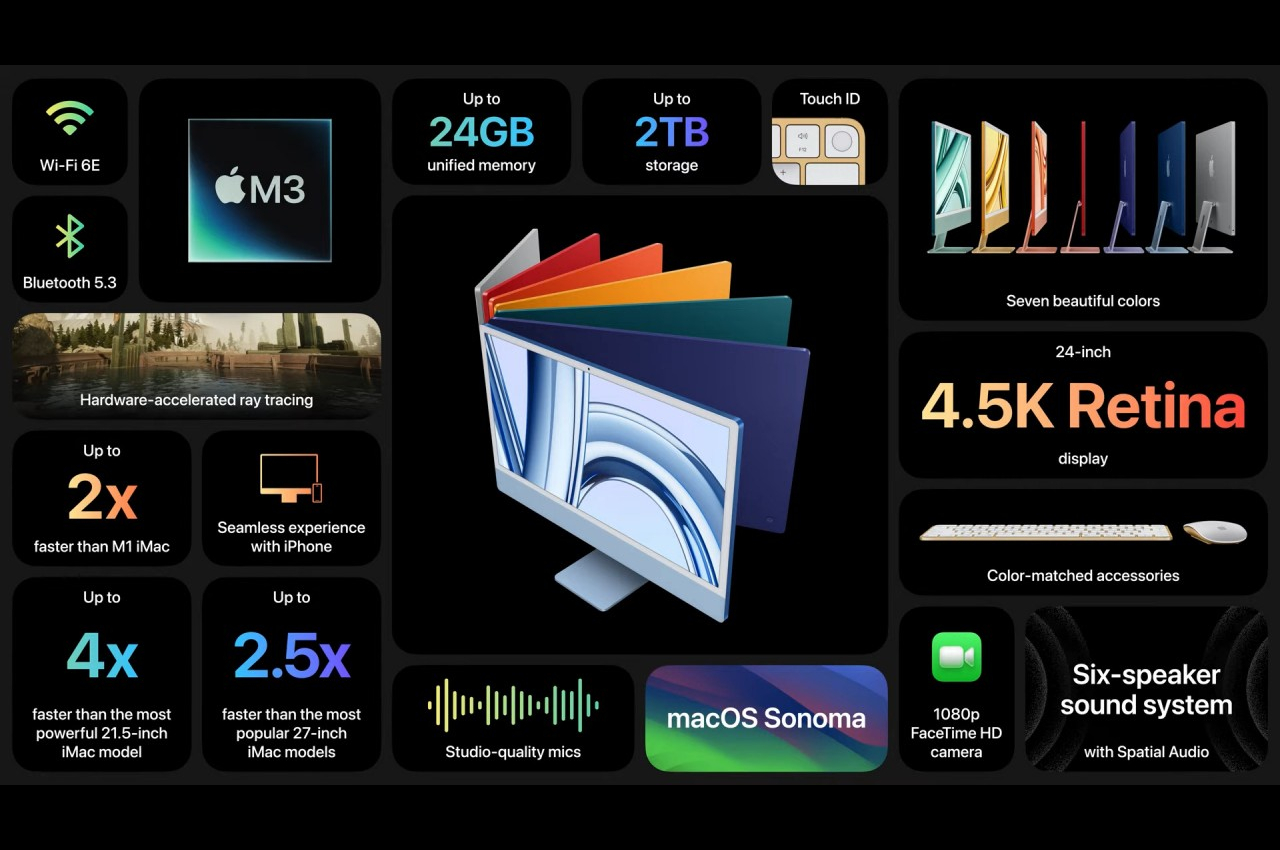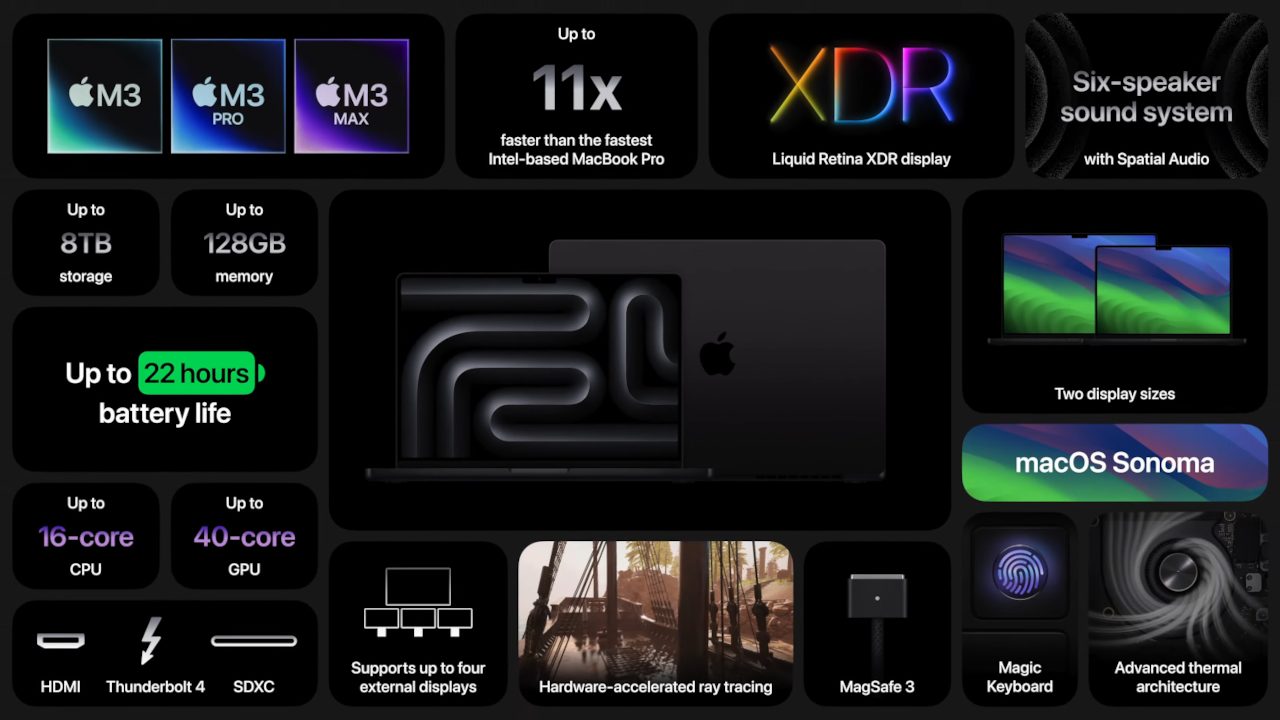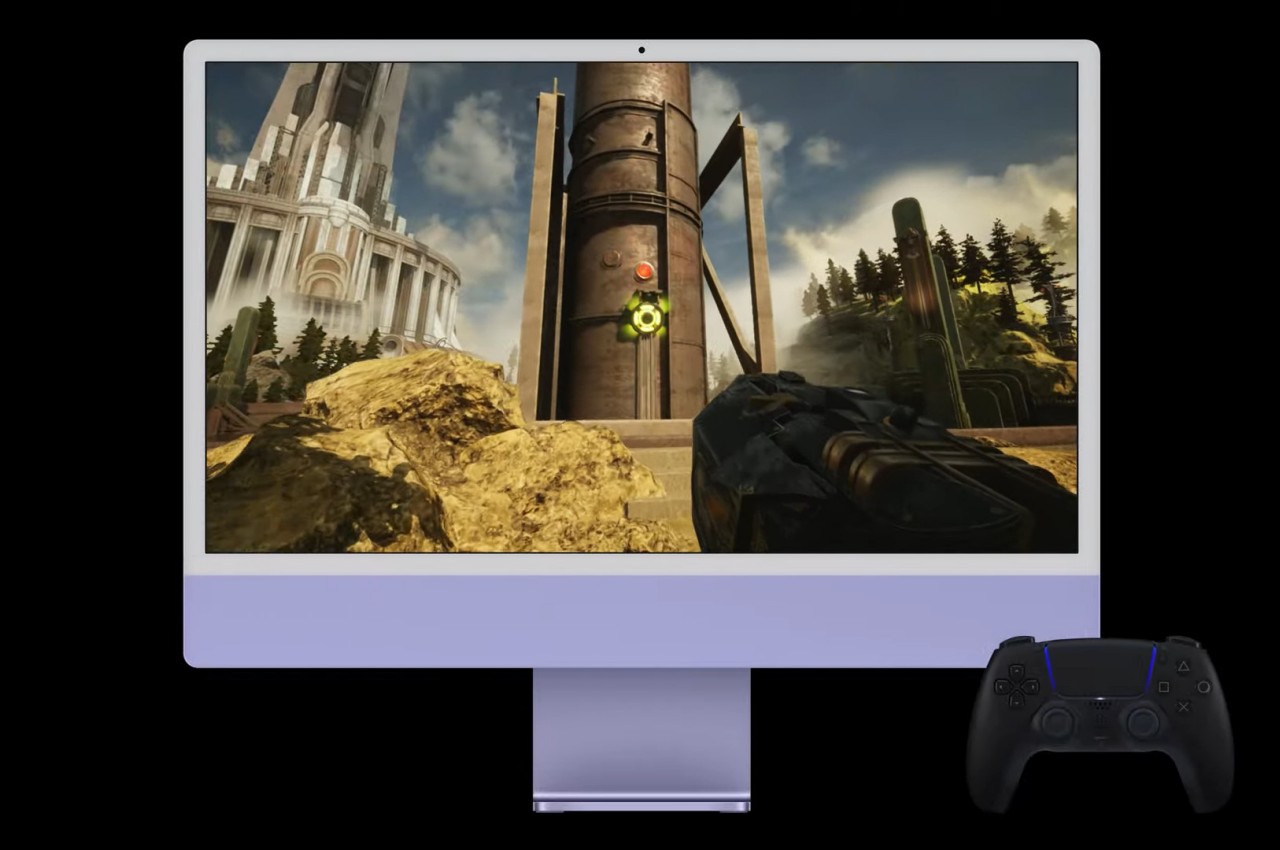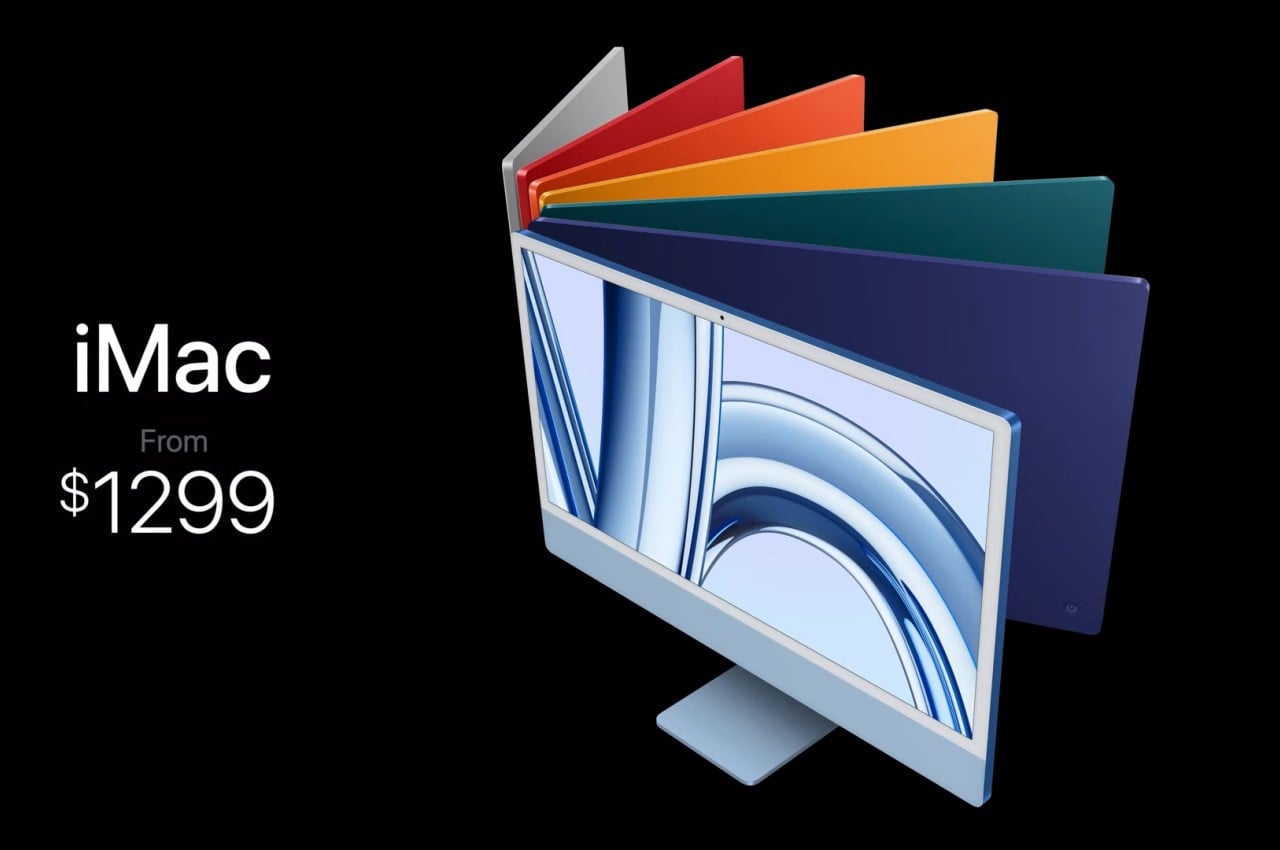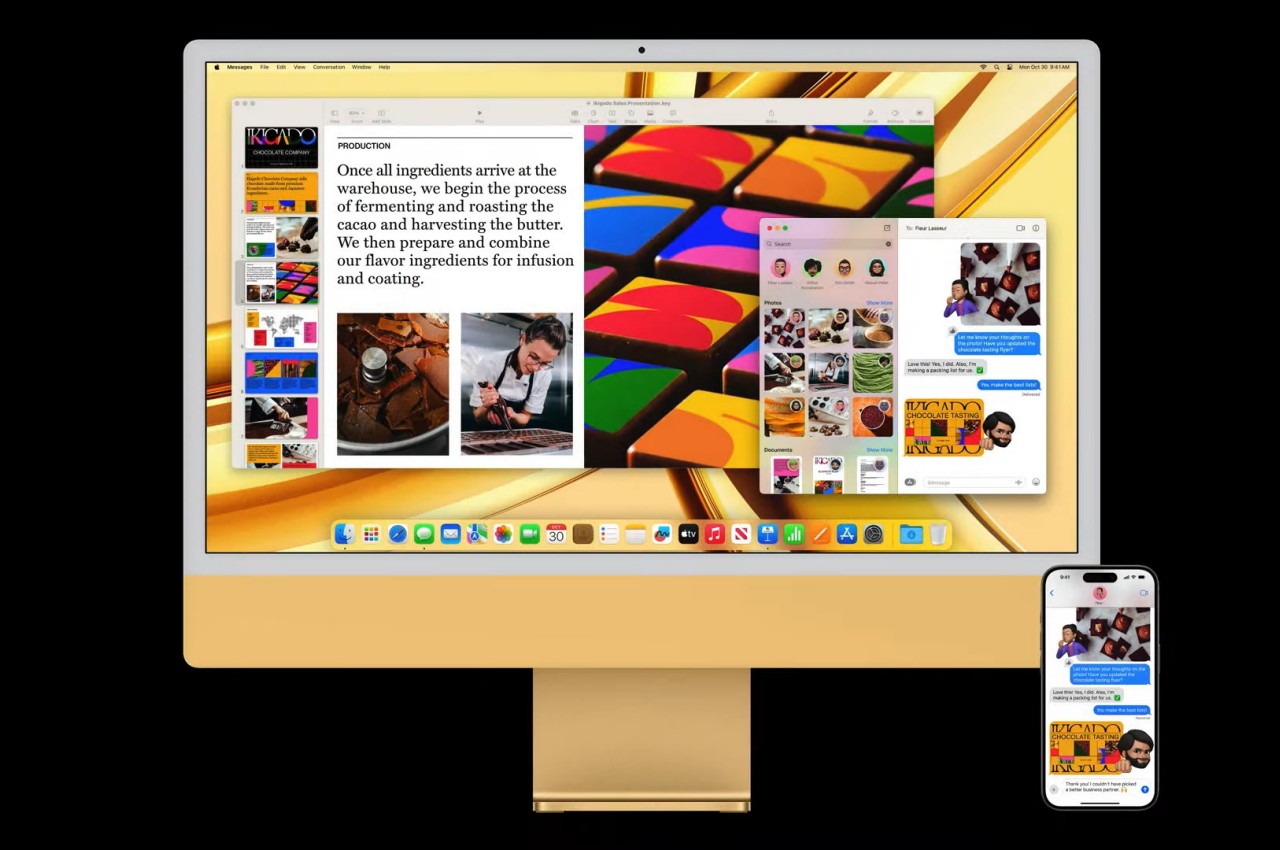Samsung has been reporting steep profit declines and record-breaking losses over the past quarters, and while it has yet to go back to its previous numbers, it sounds optimistic for the future in its latest earnings report. The company credited the strong sales of its mobile flagship devices and its premium displays for doing better the past three months than the previous quarters. Samsung also said that its Device Solutions (DS) division, which includes its memory and foundry businesses, has narrowed its losses. It even expects demand for memory chips to recover gradually with the rise in popularity of artificial intelligence.
The company has posted a consolidated revenue of KRW 67.40 trillion ($49.9 billion) for the third quarter of 2023, which shows a respectable 12 percent increase from the previous quarter's. It reported KRW 2.43 trillion ($1.80 billion) in profit, as well, and while that's a third of what it earned in the same period of 2022 — KRW 10.85 trillion or $7.6 billion — that figure still much better than the $527 million profit it reported for the second quarter.
For its mobile and network business, in particular, it reported KRW 30 trillion ($22.17 billion) in consolidated revenue, as well as KRW 3.30 trillion ($2.44 billion) in operating profit. There was a higher demand in the third quarter compared to the second, Samsung said, thanks to the global smartphone market showing signs of recovery. If you'll recall, the company mostly blamed its drop in revenue for the second quarter to a decline in smartphone shipments. For this period, it says the Galaxy S23 series has maintained "solid sales momentum," while its foldables, tablets and wearables recorded strong sales. It expects smartphones sales to grow next quarter due to the holiday season and for the market to bounce back next year "as consumer sentiment stabilizes in anticipation of a global economic recovery."
Another segment that did well in the third quarter is Samsung's mobile panel business, which "reported a significant increase in earnings on the back of new flagship model releases by major customers." As Bloomberg notes, those new flagship model releases could include Apple's iPhone 15. Samsung intends to continue focusing on OLED panels for its mobile display business and plans to establish a supply chain catering to the augmented and virtual reality market.
Finally, the company's semiconductor division posted KRW 3.75 trillion ($2.77 billion) in operating losses for the quarter, which is slightly better than its KRW 4.36 trillion ($3.23 billion) losses in the previous one. Samsung expects the demand for PCs and mobile devices to improve next period, and it's anticipating strong server demand from cloud service providers thanks to generative AI applications.
This article originally appeared on Engadget at https://www.engadget.com/samsung-credits-strong-smartphone-and-mobile-display-sales-for-income-growth-053947279.html?src=rss